
: Quaker women rarely sat for full-color portraits, believing that doing so was vain and extravagant. The technique of making a portrait by sketching a silhouette, however, was deemed acceptable. There is no known image of Suzy Wright, but if she had allowed her portrait to be done, it would most likely have been a silhouette, like this one of Sally Norris, granddaughter to Isaac Norris and a friend of Suzys, c. 1800. Artist unknown.
For Joel, who shared the journey
Cataloging-in-Publication Data has been applied for and may be obtained from the Library of Congress.
ISBN: 978-1-4197-1866-3
eISBN: 978-1-6131-2917-3
Text copyright 2016 Teri Kanefield
For image credits, see .
Book design by Maria T. Middleton
Published in 2016 by Abrams Books for Young Readers, an imprint of ABRAMS. All rights reserved. No portion of this book may be reproduced, stored in a retrieval system, or transmitted in any form or by any means, mechanical, electronic, photocopying, recording, or otherwise, without written permission from the publisher.
Abrams Books for Young Readers are available at special discounts when purchased in quantity for premiums and promotions as well as fundraising or educational use. Special editions can also be created to specification. For details, contact specialsales@abramsbooks.com or the address below.

115 West 18th Street
New York, NY 10011
www.abramsbooks.com
CONTENTS

SUZY COMES TO AMERICA
 cean crossings were dangerous in the year 1714, when sixteen-year-old Susanna Wrightcalled Suzy by friends and familysailed with her family from England to the American colonies. Their ship met with violent storms. One time, the rocking was so severe that Suzy was thrown from her bed. Another time, the ship rolled so far that the end of a mast submerged in the water and came loose. The space below the main deck flooded, and everyone insideincluding Suzywas soaked.
cean crossings were dangerous in the year 1714, when sixteen-year-old Susanna Wrightcalled Suzy by friends and familysailed with her family from England to the American colonies. Their ship met with violent storms. One time, the rocking was so severe that Suzy was thrown from her bed. Another time, the ship rolled so far that the end of a mast submerged in the water and came loose. The space below the main deck flooded, and everyone insideincluding Suzywas soaked.

Ships in Distress in a Storm, c. 17201730, by Peter Monamy. The painting captures the dangers of ocean crossings at the time that Suzy and her family journeyed from England to the colonies.
Suzy was traveling with her parents, John and Patience, and her younger siblings, twelve-year-old Eleanor, eight-year-old Patience, and four-year-old John. Her mother was expecting another child.
Back in England, Suzys family had lived in a large, well-furnished house in Lancashire. Her father and uncles were successful cloth merchants known as linen drapers. They bought and sold luxury fabrics, laces, buttons, and other trimmings. The Wrights were also members of a group persecuted in England, the Religious Society of Friends. Members of this group were also called Quakers, because they were said to tremble in the presence of the Lord. In addition to being a merchant, Suzys father was a Quaker minister.
Like others before them and many others to come, Suzy and her family were leaving their home and all that was familiar in search of religious freedom. They planned to make their new home in the colony of Pennsylvania.

An engraving of High Street, Chelmsford, England, c. mid-1700s, by J. Ryland, showing a view that would have been similar to towns in Lancashire at the time.
QUAKERS
For Quakers, the words friend and Quaker are synonymous. Their religious gatherings are called meetings. Their places of gathering are called meeting houses. Among other things, Quakers believe in equality for all people. They are pacifists, opposing all forms of violence, including war. They value integrity and simplicity.
Quakers in England in the 1700s were persecuted partly because they rejected many of the teachings and requirements of the Church of England. The Quakers belief that all people were equal directly challenged the social order in England, which placed lords and ladiesand of course the kingabove common people. Quaker loyalty to the monarchy was thus questioned. Quakers were also seen as potential traitors because they didnt believe in signing oaths of loyalty, so they refused to sign their allegiance to the Crown.
Suzys maternal grandfather, a Quaker minister, had been fined and beaten for his beliefs. By the time Suzy, her parents, and her siblings were on their way to the New World, the worst of the persecutions were past. Still, Quakers in England were discriminated against, harassed, and generally not trusted by non-Quakers.

An illustration depicting a Quaker persecution in England, c. late 1600s. Artist unknown.
Upon arriving at the mouth of the Delaware River, Suzy and her family sailed to the port of Philadelphia, where they were greeted warmly by the Quaker community. Suzy felt at home right away, surrounded by people who shared her beliefs and values:
It is indeed a charming city and countrymore friends than other people in it and 2 great meeting houses.
SUZY TO HER COUSIN WILLIAM CROUDSON, JULY 1, 1714
Suzy concluded her first recorded letter written in the colony of Pennsylvania with these words:
I often think of all my relations and friends left in England, but cant think of seeing England anymore. The pleasantness of this country and the toil of the sea journey will hinder me. I must once more bid you farewell, but hope not forever. Your truly loving cousin, though at this distanceyou in one quarter of the world and I in another.

Pennsylvania, New Jersey, Maryland
A map of the colony of Pennsylvania and the other mid-Atlantic British colonies, 1776.

A view of Philadelphia from the New Jersey shore, 1768.

AT HOME IN THE LAND OF BROTHERLY LOVE
 he Wrights new home stood on more than two hundred acres in Chester County, just west of Philadelphia along the Delaware River. They joined the Chester Meeting. On November 19, 1714, five months after their arrival, Suzys youngest brother, James, was born. Within a few years, Suzys father became justice of the peace for Chester County and was elected to the Pennsylvania General Assembly.
he Wrights new home stood on more than two hundred acres in Chester County, just west of Philadelphia along the Delaware River. They joined the Chester Meeting. On November 19, 1714, five months after their arrival, Suzys youngest brother, James, was born. Within a few years, Suzys father became justice of the peace for Chester County and was elected to the Pennsylvania General Assembly.

Next page
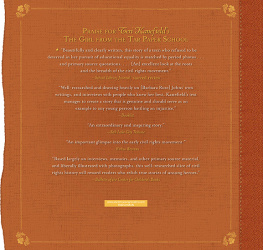
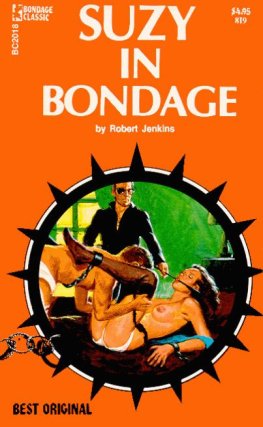


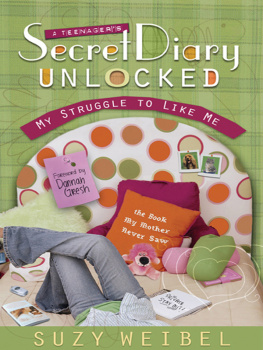
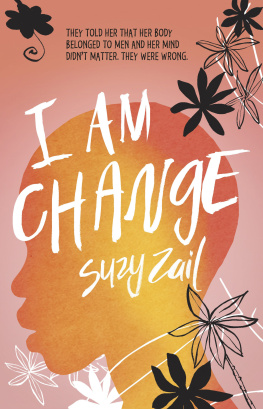
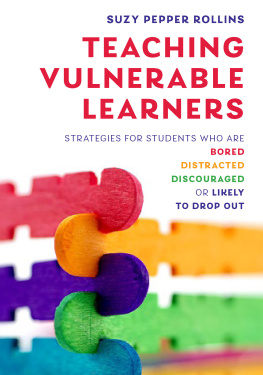
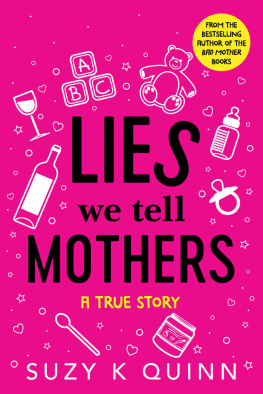
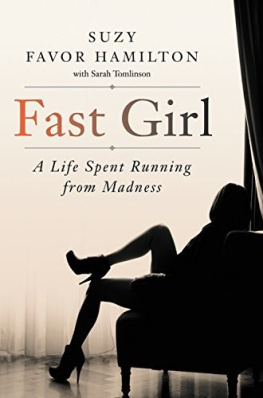
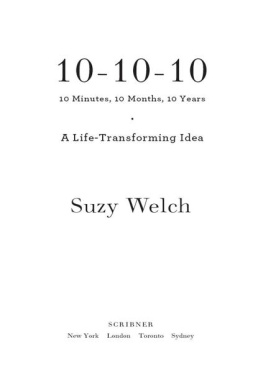



 cean crossings were dangerous in the year 1714, when sixteen-year-old Susanna Wrightcalled Suzy by friends and familysailed with her family from England to the American colonies. Their ship met with violent storms. One time, the rocking was so severe that Suzy was thrown from her bed. Another time, the ship rolled so far that the end of a mast submerged in the water and came loose. The space below the main deck flooded, and everyone insideincluding Suzywas soaked.
cean crossings were dangerous in the year 1714, when sixteen-year-old Susanna Wrightcalled Suzy by friends and familysailed with her family from England to the American colonies. Their ship met with violent storms. One time, the rocking was so severe that Suzy was thrown from her bed. Another time, the ship rolled so far that the end of a mast submerged in the water and came loose. The space below the main deck flooded, and everyone insideincluding Suzywas soaked.




 he Wrights new home stood on more than two hundred acres in Chester County, just west of Philadelphia along the Delaware River. They joined the Chester Meeting. On November 19, 1714, five months after their arrival, Suzys youngest brother, James, was born. Within a few years, Suzys father became justice of the peace for Chester County and was elected to the Pennsylvania General Assembly.
he Wrights new home stood on more than two hundred acres in Chester County, just west of Philadelphia along the Delaware River. They joined the Chester Meeting. On November 19, 1714, five months after their arrival, Suzys youngest brother, James, was born. Within a few years, Suzys father became justice of the peace for Chester County and was elected to the Pennsylvania General Assembly.